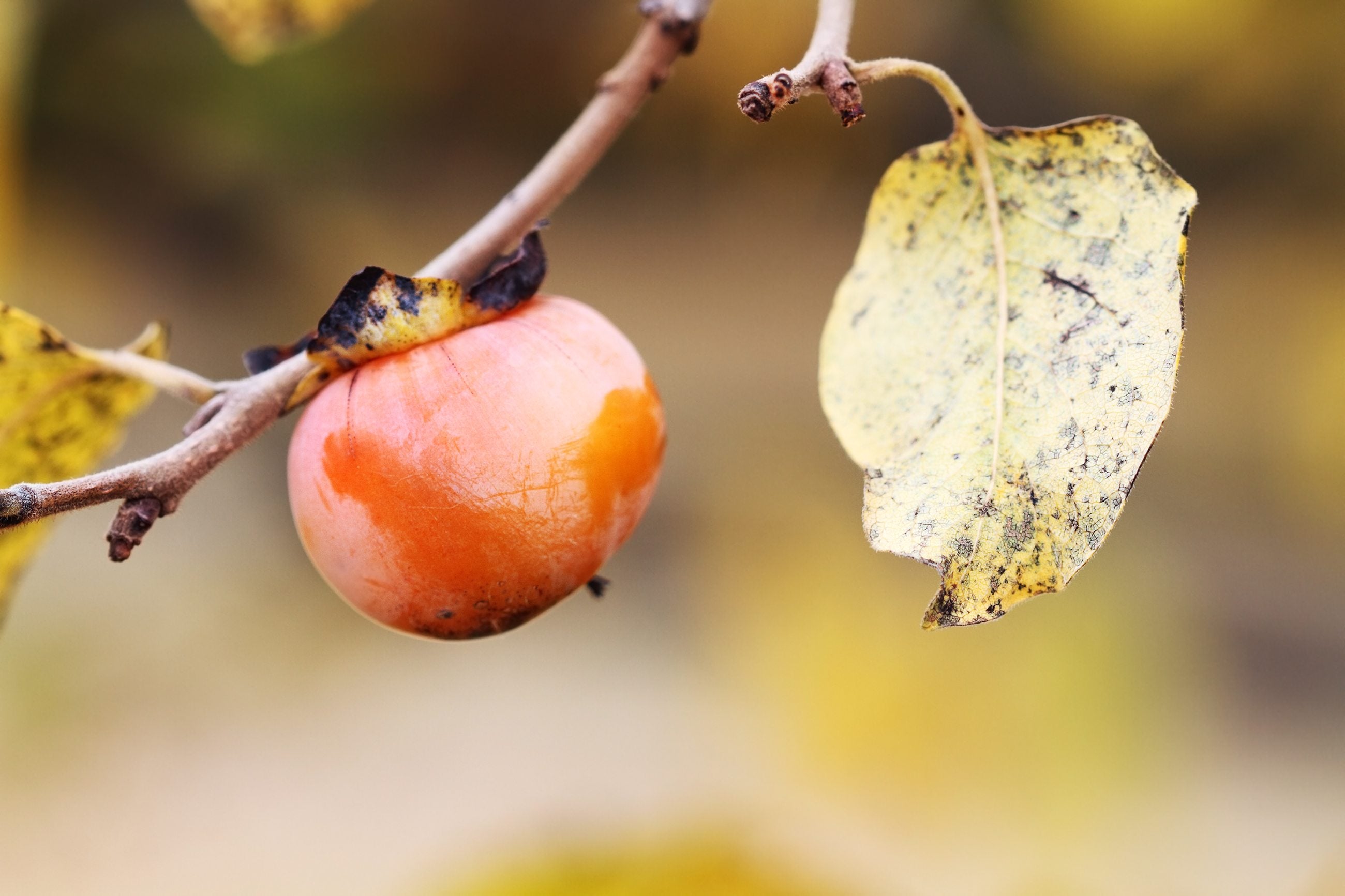Persimmon Tree Diseases: Troubleshooting Diseases In Persimmon Trees


Persimmon trees fit into almost any backyard. Small and low maintenance, they produce delicious fruit in the autumn when few other fruits are ripe. Persimmons have no serious insect or disease problems, so there is no need to spray regularly. That doesn’t mean that your tree won’t occasionally need help, however. Read on for information about diseases in persimmon trees.
Persimmon Fruit Tree Diseases
Although persimmon trees are generally healthy, sometimes they do come down with persimmon tree diseases.
Crown Gall
One to keep your eye out for is crown gall. If your tree suffers from crown gall, you will see galls—rounded growths—on the persimmon’s branches. The roots will have similar galls or tumors and harden. Crown gall can infect a tree through cuts and wounds in its bark. Persimmon disease control in this case means taking good care of the tree. Avoid crown gall persimmon tree diseases by protecting the tree from open wounds. Be careful with the weed whacker around the tree, and prune when the tree is dormant.
Anthracnose
Diseases in persimmon trees also include anthracnose. This disease is also known as bud blight, twig blight, shoot blight, leaf blight, or foliar blight. It is a fungal disease, thriving in wet conditions and often appearing in spring. You’ll recognize anthracnose persimmon tree diseases by the black spots that appear on the leaves. The tree may lose its leaves starting at the bottom branches. You may also see black sunken spots on leaf stalks and lesions on the persimmon bark. Anthracnose disease is not often lethal in mature trees. These diseases in persimmon trees are caused by leaf spot fungi, and some affect the fruit as well as the leaves. Persimmon disease control when it comes to anthracnose involves keeping a clean garden. The anthracnose spores overwinter in leaf litter. In springtime, the winds and rain spread the spores to new foliage. Your best bet is to pick up all leaf litter in the fall after the tree’s leaves have dropped. At the same time, cut out and burn any infected twigs. Many of the leaf spot pathogens appear when the tree is getting a lot of moisture, so water early to allow the foliage to dry quickly. Usually, fungicide treatment isn’t necessary. If you decide it is in your case, use the fungicide chlorothalonil after the buds begin to open. In bad cases, use it again after leaf drop and once again during the dormant season.
Sign up for the Gardening Know How newsletter today and receive a free copy of our e-book "How to Grow Delicious Tomatoes".

Teo Spengler is a master gardener and a docent at the San Francisco Botanical Garden, where she hosts public tours. She has studied horticulture and written about nature, trees, plants, and gardening for more than two decades, following a career as an attorney and legal writer. Her extended family includes some 30 houseplants and hundreds of outdoor plants, including 250 trees, which are her main passion. Spengler currently splits her life between San Francisco and the French Basque Country, though she was raised in Alaska, giving her experience of gardening in a range of climates.